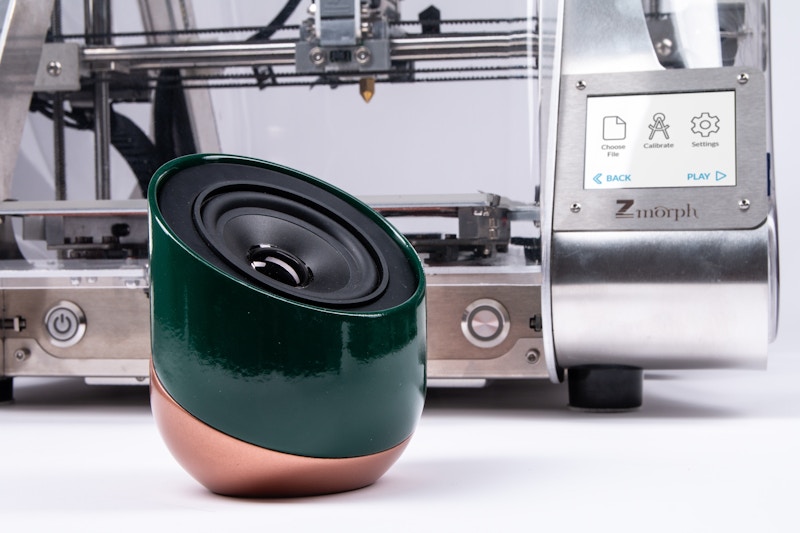The first ever inkjet colour printer designed specifically for consumers had a price tag of over $1500. (Walker, 2017). Fast forward to now, a good quality inkjet printer can be bought for under $50 and is present in the majority of households. Similar to the ink jet printer, as the cost of 3D printers continue to drop, homes will slowly evolve where one day it will be the norm to own one.
Once 3D printing becomes a commonly used household device, this technology is capable of changing the whole paradigm of how children see and comprehend innovation and manufacturing. More and more parents will start to take notice of the creative and educational aspects of it, which could then result in a big change in society where toys are produced at home.




